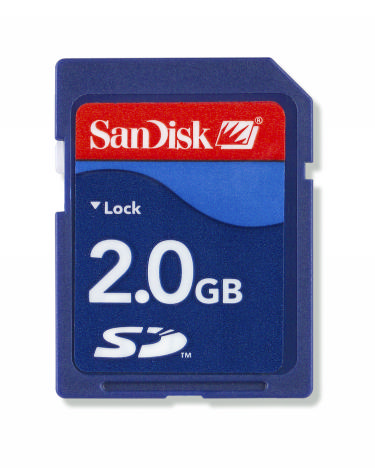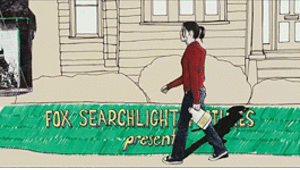1) What does Thomas Sutcliffe mean when he says "Films need to seduce their audience into long term commitment. While there are many types of seduction, the temptation to go for instant arousal is almost irresistible"?
- The film has to get the audience's attention at the beginning of the film, to make them want to watch the rest of the film. If the beginning scene doesn't draw the audience's attention then the films seems pointless. The audience at drawn only into the best scenes.
2) According to Director Jean Jacques Beineix, what are the risks of ‘instant arousal’?
- You must draw the audience's attention more and more as they watch the film. Starting off strong, you will not be able to finish the film with more tension developing. You have to make the film more tense as you get closer to the end.
3) Explain why “a good beginning must make the audience feel that it doesn't know nearly enough yet, and at the same time make sure that it doesn't know too little
- The audience must know a bit of the film at the beginning because if they don't, then they wouldn't know what the film is about, so they wouldn't want to watch the reset of the film. If the audience knows too much at the beginning, then the film would not get more tense, the film will get boring so there will be no point in watching the film.
4) What does critic Stanley Kauffmann describe as the classic opening?Why does this work?
- An establishing shot
- A close up of a building
- Camera goes up the building
- To a window
- Then into the window
- Past the reception desk
- To a private office
- Then to the main character/ character
Its a simple classic process, shows where the film is taking place, what the occupation of the character is or was, more than that, it tells/shows us the organisation of the world and everything is in place.
5) Why is Kyle Cooper’s title sequence to the film Seven so effective?
- Introduces you to the obsessive nature of the films main character
- It foreshadows a lot of the things that's going to happen
- Tunes the audience to the right dissonant pitch
- Became the first part of the movie
6)What did Orson Welles want to achieve with his opening to the film A Touch of Evil? What did Universal Studios do to it? Why?
He wanted to plunge the audience into his story without giving them time to prepare themselves
The universal studios put music underneath it and the credits, so the effect was lost. Because they didn't understand it and they didn't understand the picture/story itself.
7) What is meant by “a favourite trick of Film Noir”? What is the trick?
The beginning of Casino is actually not a beginning at all, its kind of an ending.
The trick is, feel like a destination as much as a departure point looking ahead for what is to come and if we cant see it the first time round, it will almost be certainly clear when we see it again.
8)How does the opening to the film The Shining create suspense?
- The beginning is almost picturesque , shot from a helicopter
- The second viewing, you can see the screen is full of omens
- The camera pursues the car like a predator high up from behind
- Its attention never strays to what is conversely spectacular but remains fixed on the tiny object
- Everything tells us that these people are travailing to the wrong direction









































